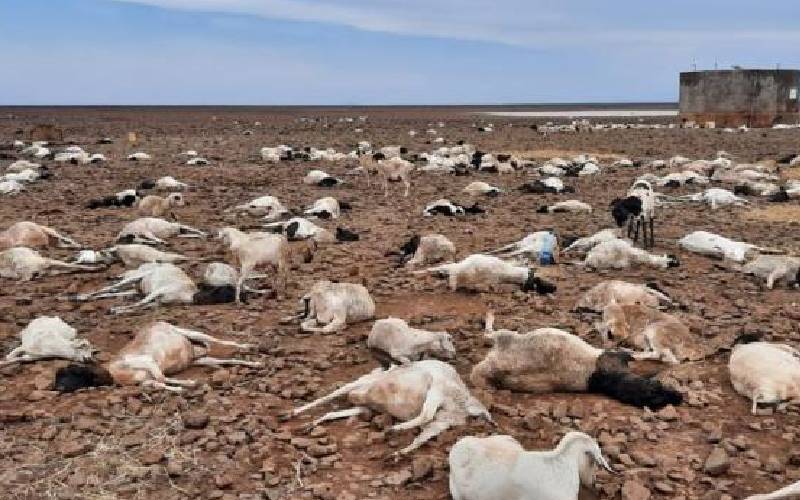×
The Standard e-Paper
Home To Bold Columnists

The damage the prolonged drought has left behind in North Horr, Marsabit County?. [Courtesy]
The smell of decomposing carcasses cut through our masks as we came face to face with the damage the prolonged drought has left behind in North Horr, Marsabit County.